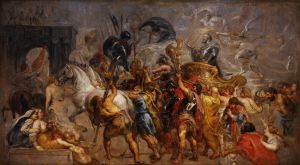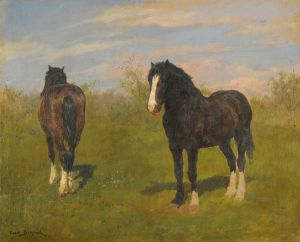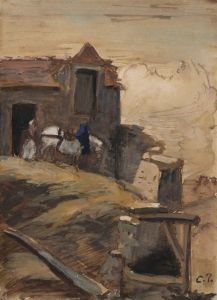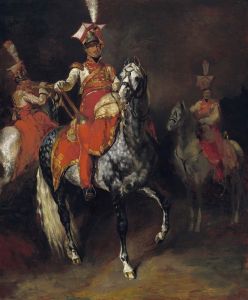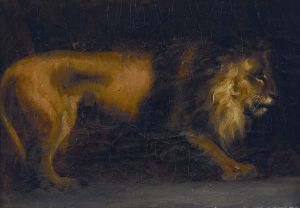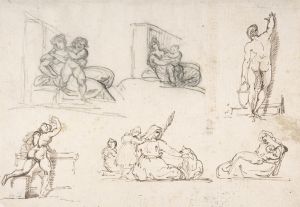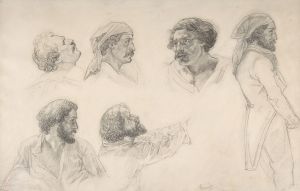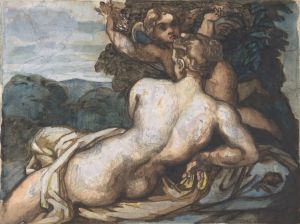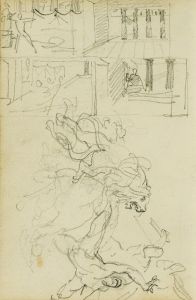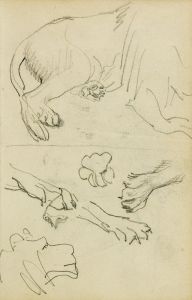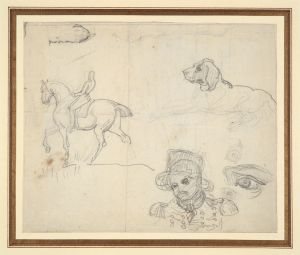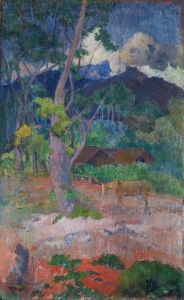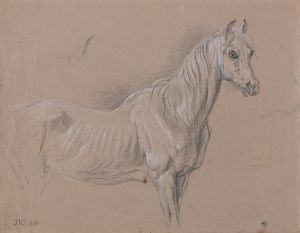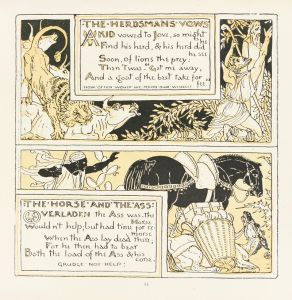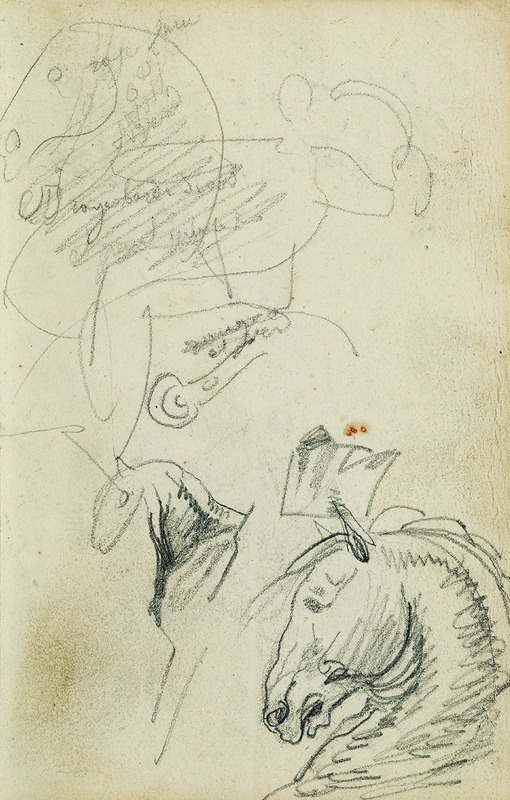
Horse studies
A hand-painted replica of Théodore Géricault’s masterpiece Horse studies, meticulously crafted by professional artists to capture the true essence of the original. Each piece is created with museum-quality canvas and rare mineral pigments, carefully painted by experienced artists with delicate brushstrokes and rich, layered colors to perfectly recreate the texture of the original artwork. Unlike machine-printed reproductions, this hand-painted version brings the painting to life, infused with the artist’s emotions and skill in every stroke. Whether for personal collection or home decoration, it instantly elevates the artistic atmosphere of any space.
Théodore Géricault, a prominent French Romantic painter, is well-known for his dynamic and emotive works, particularly those that explore themes of movement, power, and human emotion. Among his studies, "Horse Studies" is a notable example of his dedication to capturing the anatomy, energy, and spirit of horses. While Géricault is most famous for his monumental painting The Raft of the Medusa (1818–1819), his fascination with horses and equestrian subjects is a recurring theme throughout his career.
Géricault's interest in horses can be traced back to his early life. Born in Rouen, France, in 1791, he grew up during a time when horses played a central role in transportation, agriculture, and military life. This exposure likely influenced his artistic focus on equestrian subjects. He was also an avid horseman, which gave him firsthand experience and a deep understanding of the animal's anatomy and movement. His studies of horses were not only artistic endeavors but also scientific in nature, as he sought to depict their physicality with accuracy and vitality.
The "Horse Studies" by Géricault are a series of sketches, drawings, and paintings that showcase his meticulous observation and skill in rendering equine forms. These works often depict horses in various poses—standing, galloping, rearing, or resting—and highlight their muscular structure and dynamic movement. Géricault's approach combined a Romantic sensibility with a keen eye for detail, resulting in works that are both expressive and anatomically precise.
One of the key aspects of Géricault's horse studies is his use of light and shadow to emphasize the contours of the animal's body. This technique not only enhances the three-dimensionality of his depictions but also conveys the power and grace of the horse. His studies often served as preparatory works for larger compositions, such as his equestrian portraits and battle scenes.
Géricault's horse studies were influenced by earlier artists, such as George Stubbs, an English painter renowned for his equine anatomy studies, and the classical equestrian sculptures of antiquity. However, Géricault's works stand out for their emotional intensity and dynamic energy, hallmarks of the Romantic movement.
These studies also reflect Géricault's broader interest in the human-animal relationship, a theme that recurs in his oeuvre. By focusing on horses, he was able to explore ideas of strength, freedom, and the natural world, which were central to Romanticism.
Today, Géricault's horse studies are celebrated for their technical mastery and artistic significance. They provide valuable insight into his creative process and his ability to merge scientific observation with artistic expression. Many of these works are housed in museums and private collections, where they continue to be studied and admired by art historians and enthusiasts alike.





